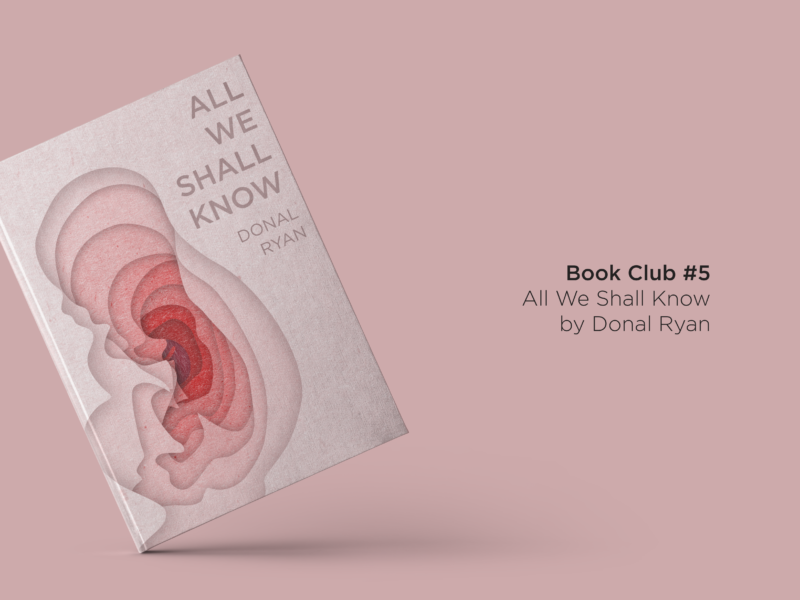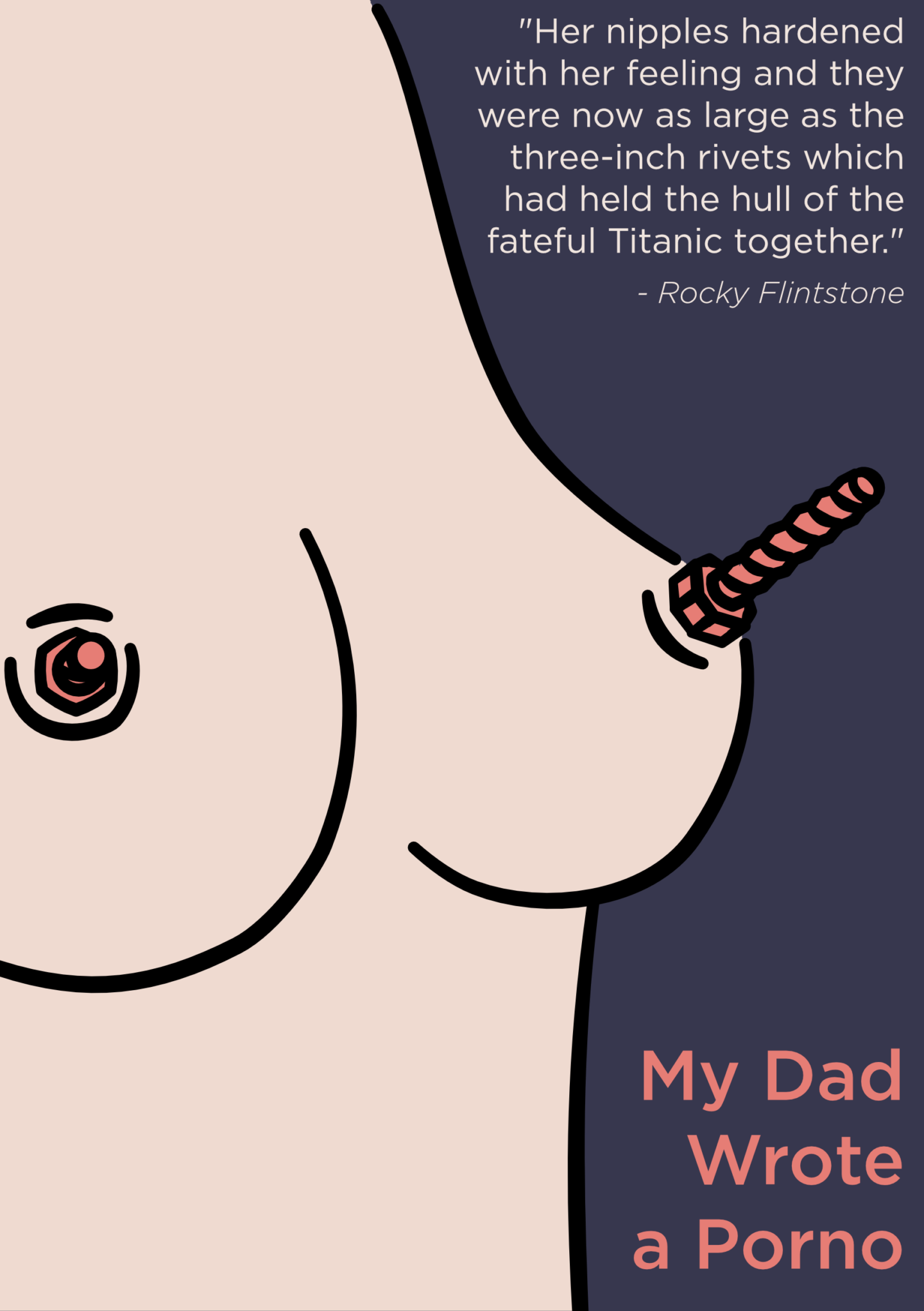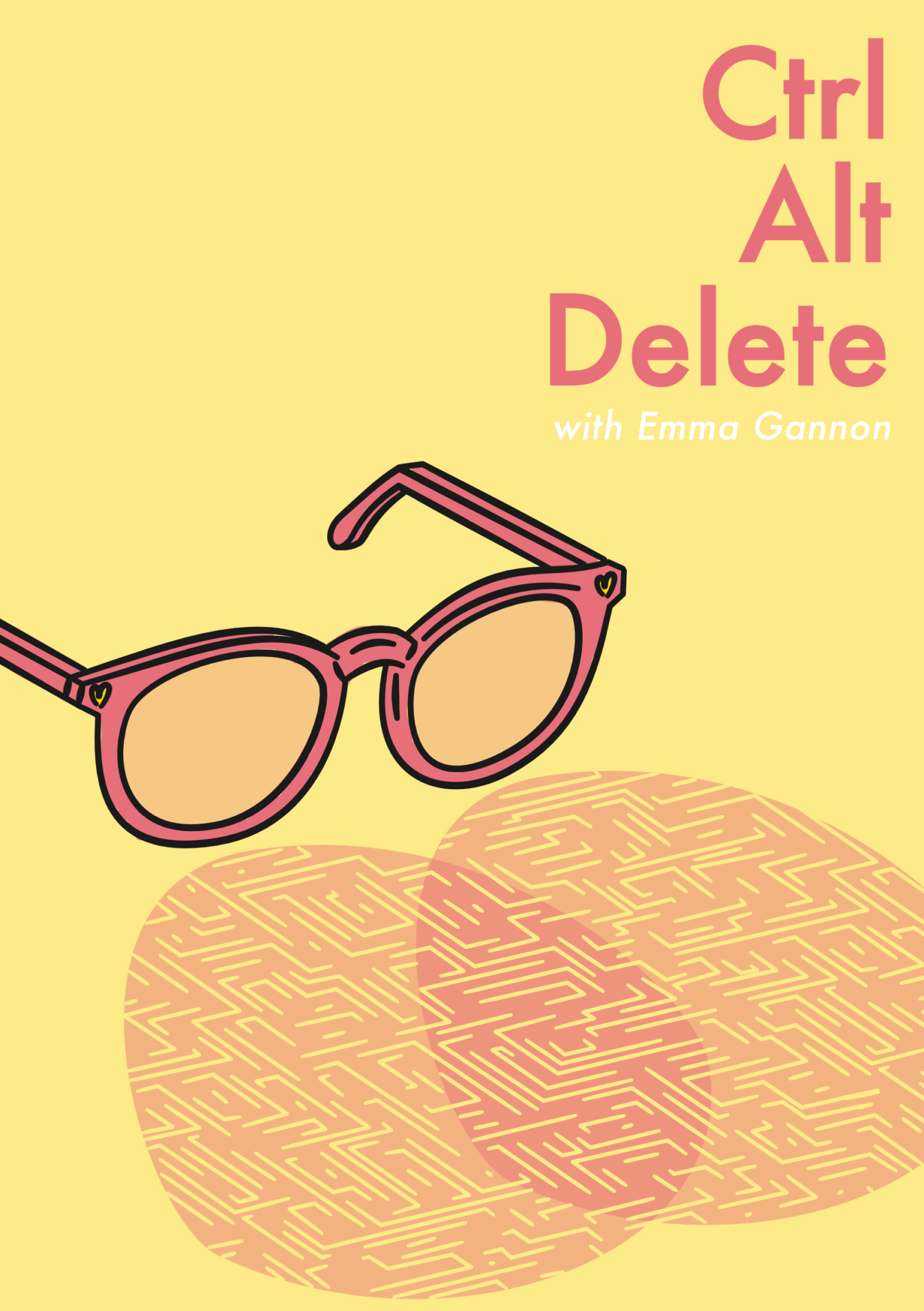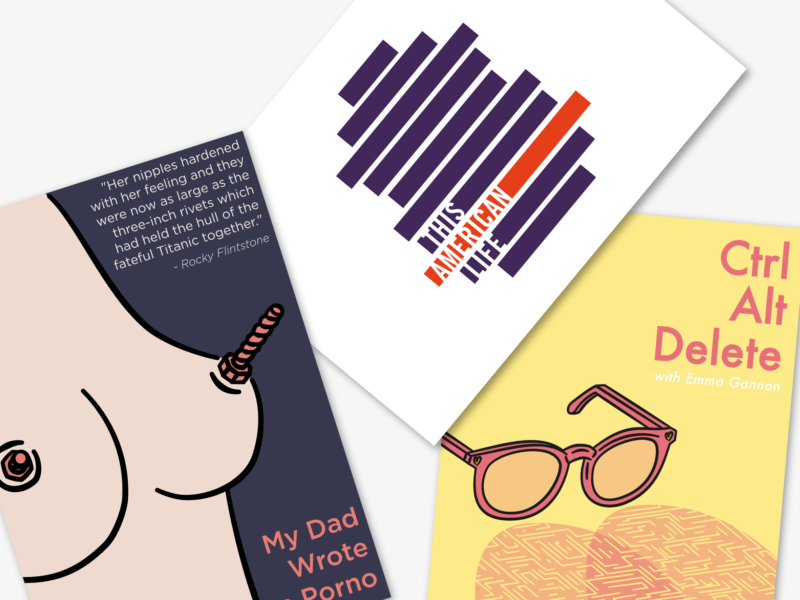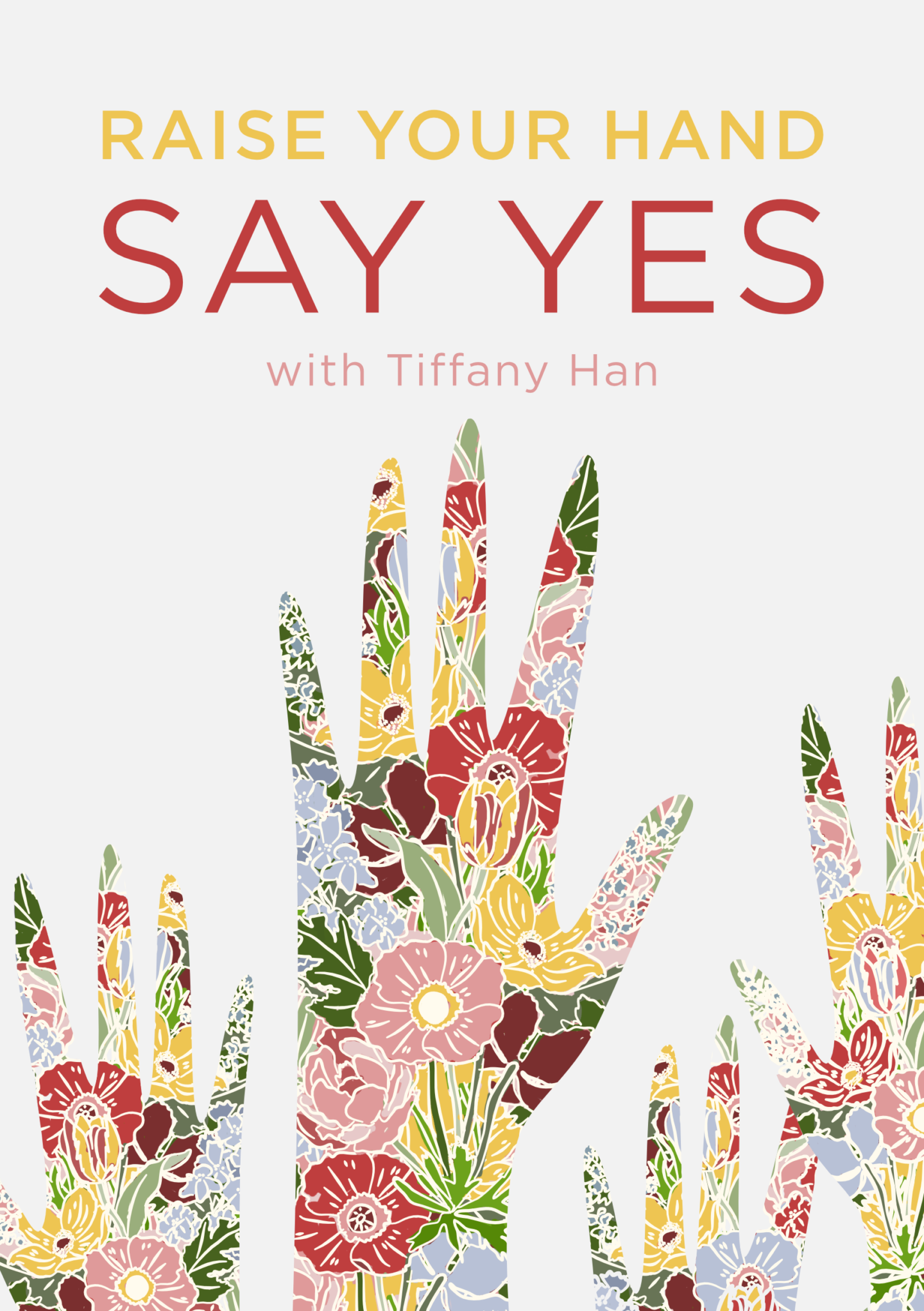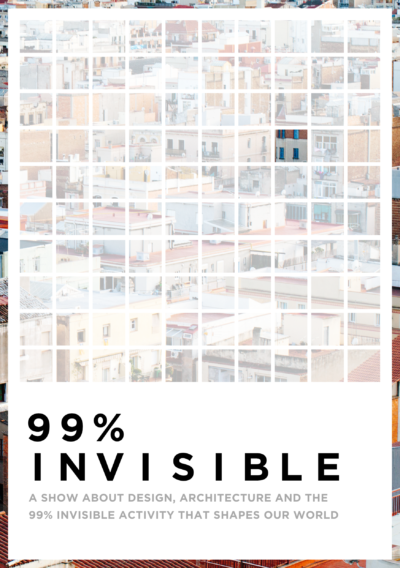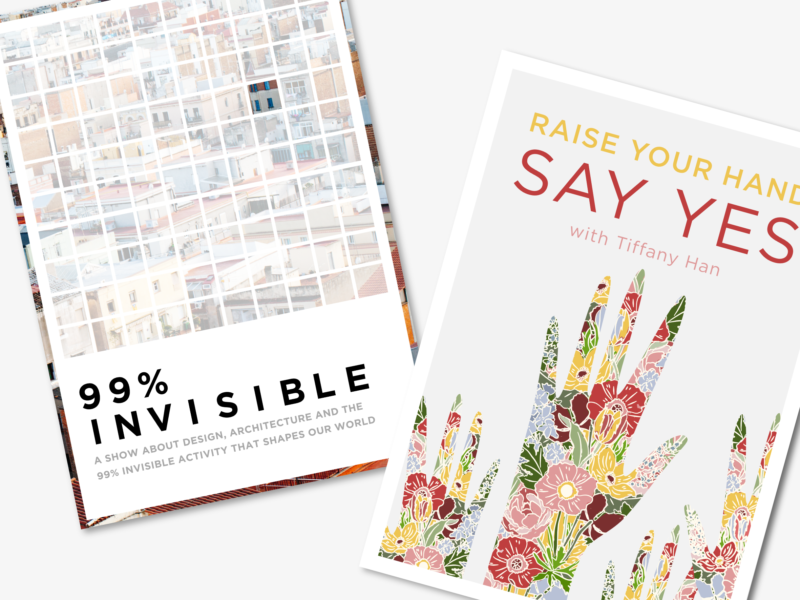I would never have thought to have described myself as a fan of non-fiction, but here I am recommending my second work of non-fiction to you in the book club. That book is The Lonely City by Olivia Laing. It’s part memoir, part art history investigation, and part philosophical investigation into loneliness. As someone who moved to a big, lonely city not that long ago it was a wonderful introspective companion.
In her mid-30s Laing moved to New York for a relationship, which fell apart just as she crossed the ocean. In a new city, half away across the world from friends and loved ones and feeling the acute space left behind by losing a partner, this moment of intense loneliness sparks Laing’s investigation into the feeling. She documents her own experience of loneliness and her growing understanding of works of art she had seen a million times before.
This investigation into art and loneliness begins when Laing realises she could cast herself as a figure in a Hopper painting. The Lonely City is broken up into four artist studies: Edward Hopper, Andy Warhol, David Wojnarowicz, and Henry Darger. Each study really delves into the life of each artist and touches on how their loneliness is present in their works. Laing doesn’t limit herself to simply discussing the artist in question, in each section she investigates parallels in other works and the characters who surrounded them.
I learned so much in these sections. Like Laing, I had never really paid much attention to Warhol or Hopper despite, or perhaps because of, their popularity. But when I heard more about their lives and their loneliness images I had seen time and time again took on a new depth and humanity. While I feel like that happens whenever you learn more about an artist, there’s something so private about a person’s loneliness that Laing’s depictions really cut to the bone in a way that was at once beautiful, fascinating, and a little intrusive.
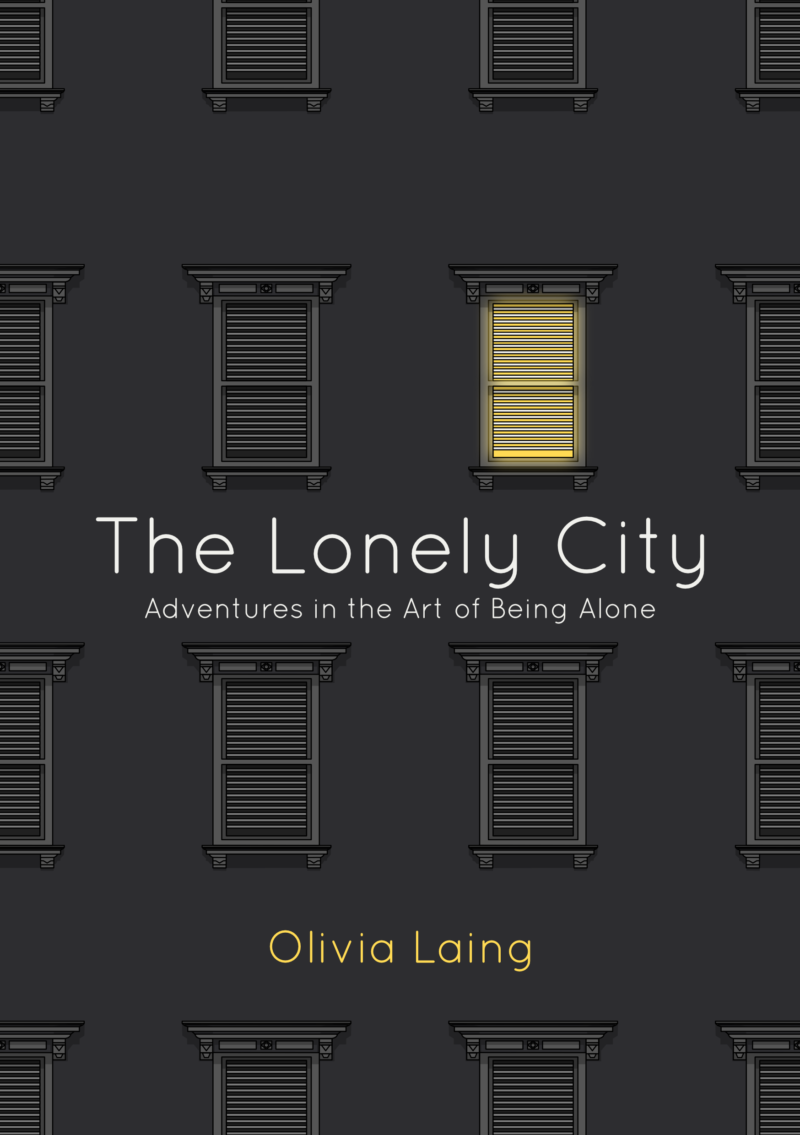
The only thing I would have wished of this book is that Laing’s personal moments of loneliness were given greater weight and better interwoven into the artist’s stories she tells. The art history moments feel at once like interludes where you wait for the author to return and also Laing’s focus. Laing investigates the stories of other artists’ but seems to forget at moments that perhaps the most compelling story she could tell is her own. But then again, maybe Laing is simply distancing herself in the same way that she describes Warhol and others doing.
That imbalance didn’t detract from my fascination with gaining a greater understanding of the people behind some of the most famous names in art. There is something wonderful about realising, and re-realising, you aren’t alone in feeling alone. However, fleeting that comfort might be it is the true power of literature.
Laing’s dedication to The Lonely City reads: “If you’re lonely, this one’s for you.” I think that’s my recommendation if you’ve ever felt lonely or lost in a city, isolated in a sea of people, then this book is for you. You’ll see and understand yourself in some of its pages but you’ll also feel a little less lonely whether that’s in comparison or companionship with the lonely characters she describes.
 SOME QUESTIONS TO PONDER AS YOU READ
SOME QUESTIONS TO PONDER AS YOU READ
- Try looking up the artworks for one chapter as you go. Or, if you’re naturally a look-er up-per, try just imagining for a chapter. How does having the images, or not, in front of you change the reading experience?
- What would you say the tone of the book is?
- Did you end up mapping your own experiences onto the book? If so where?
- Are there any other artworks, or images, which conjure loneliness for you?
- How does knowing the story of an artist change how you view their works? Does it make them more personal? Less lonely? More lonely?
- After reading it, do you see the feeling of being lonely as a positive or a negative one, or something else?
IF YOU WANT SOME FURTHER READING TRY…
IF YOU WANT MORE BOOKS LIKE THIS HAVE A LOOK AT…
Why not use The Lonely City themed bookmark I designed to keep your place as you read? You can print and download it for free here.
As ever, let me know if you’ve read The Lonely City, or if you have any recommendations for what I should be reading next.
Natalie

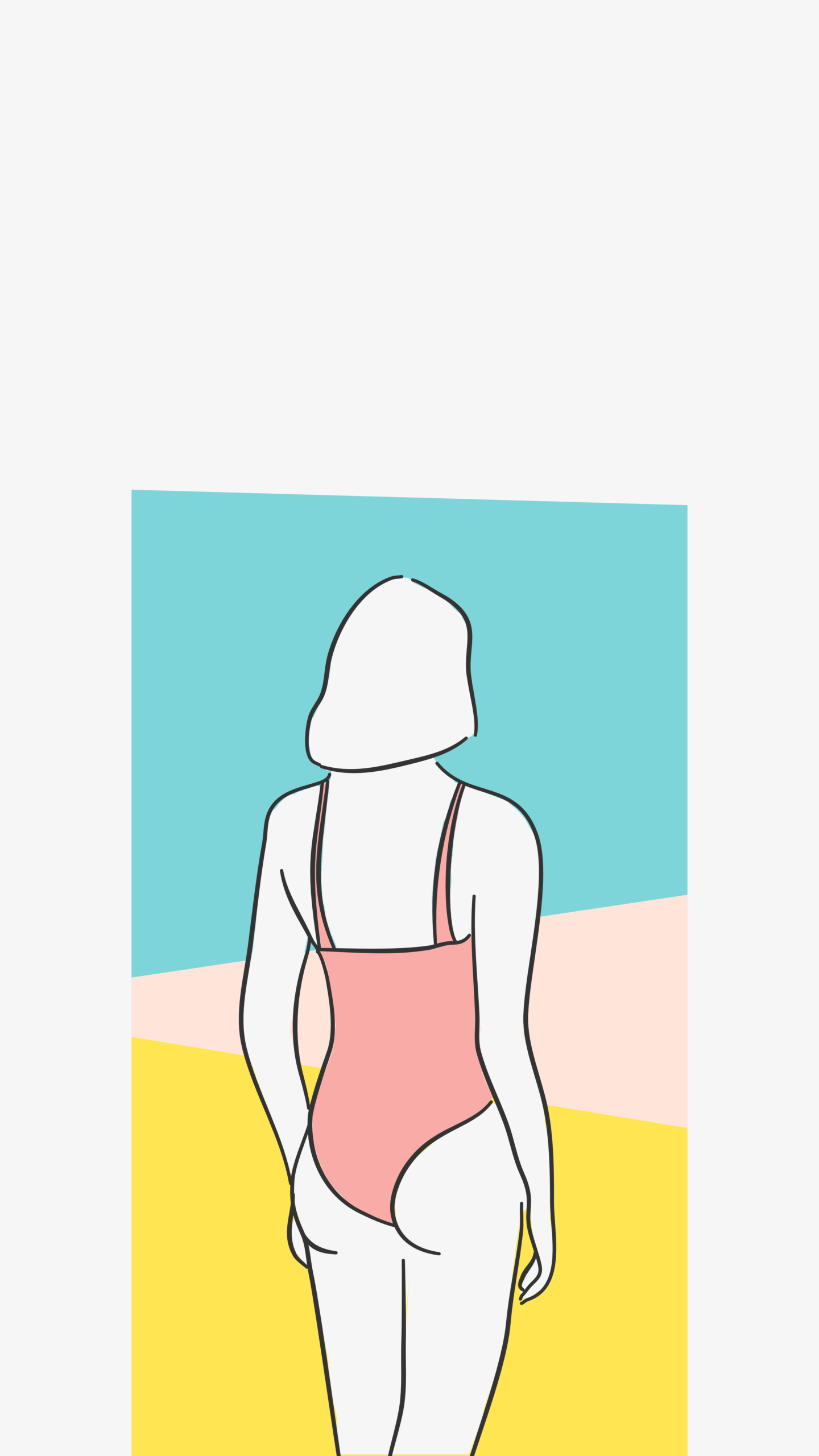
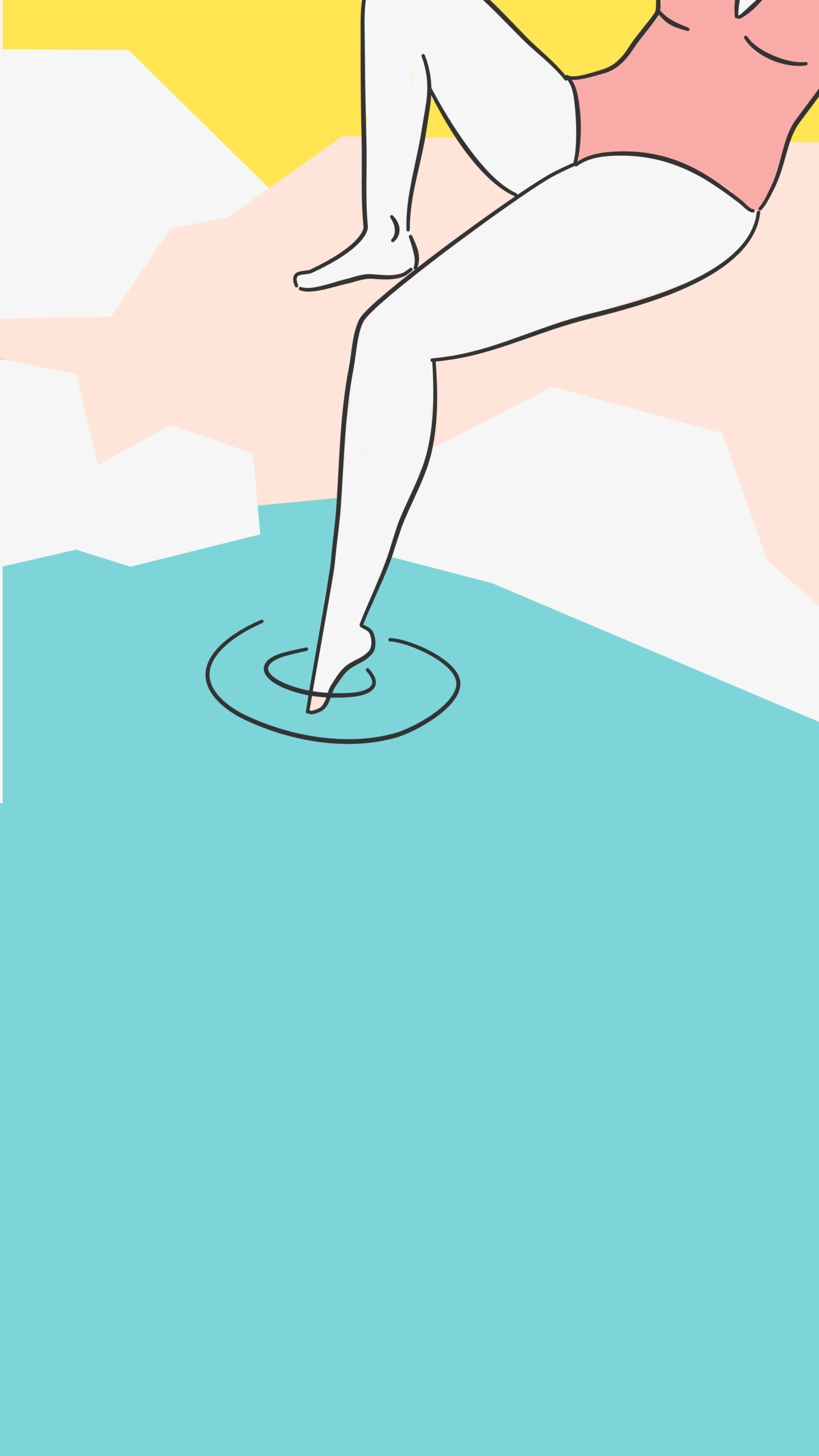
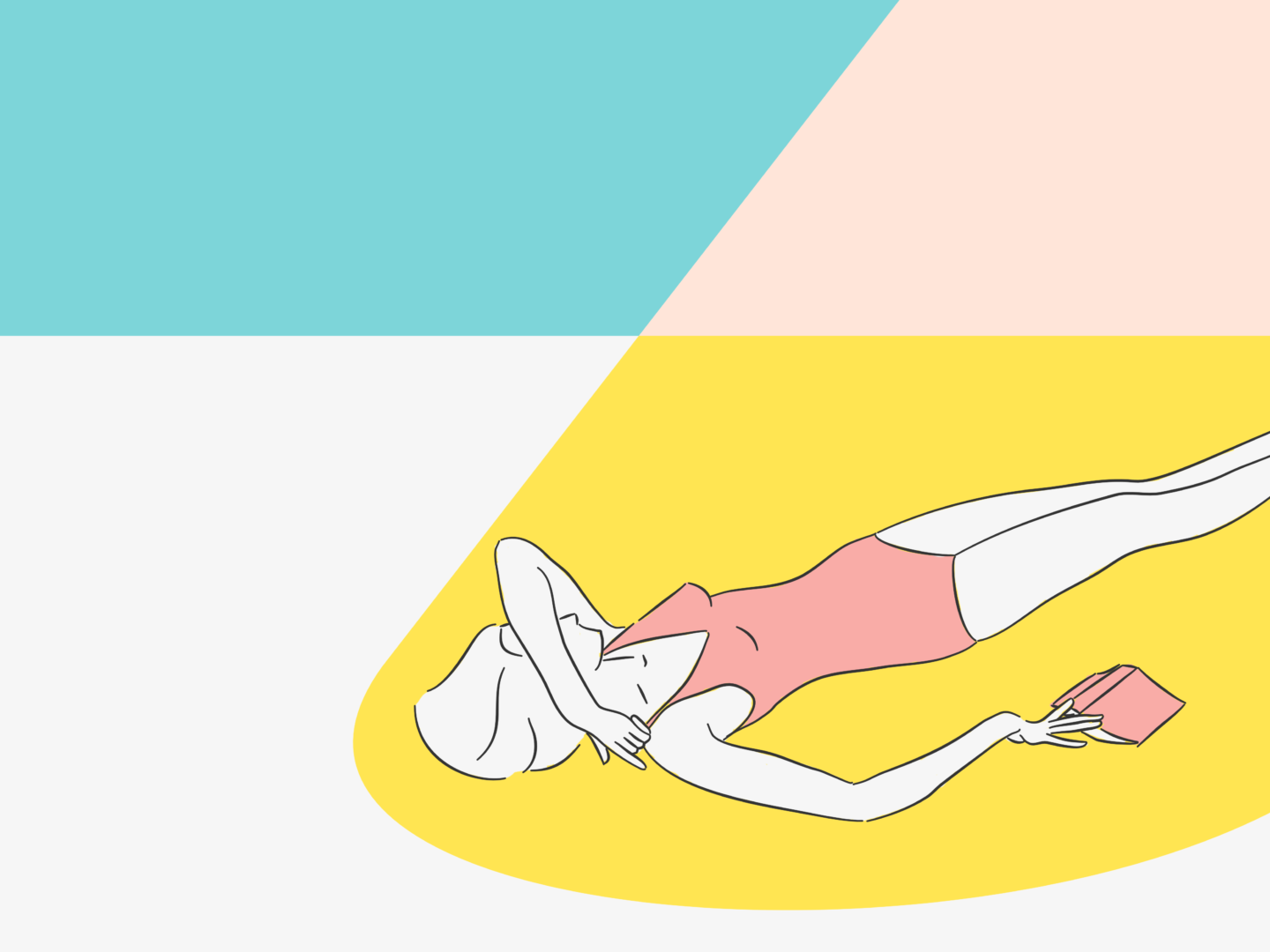

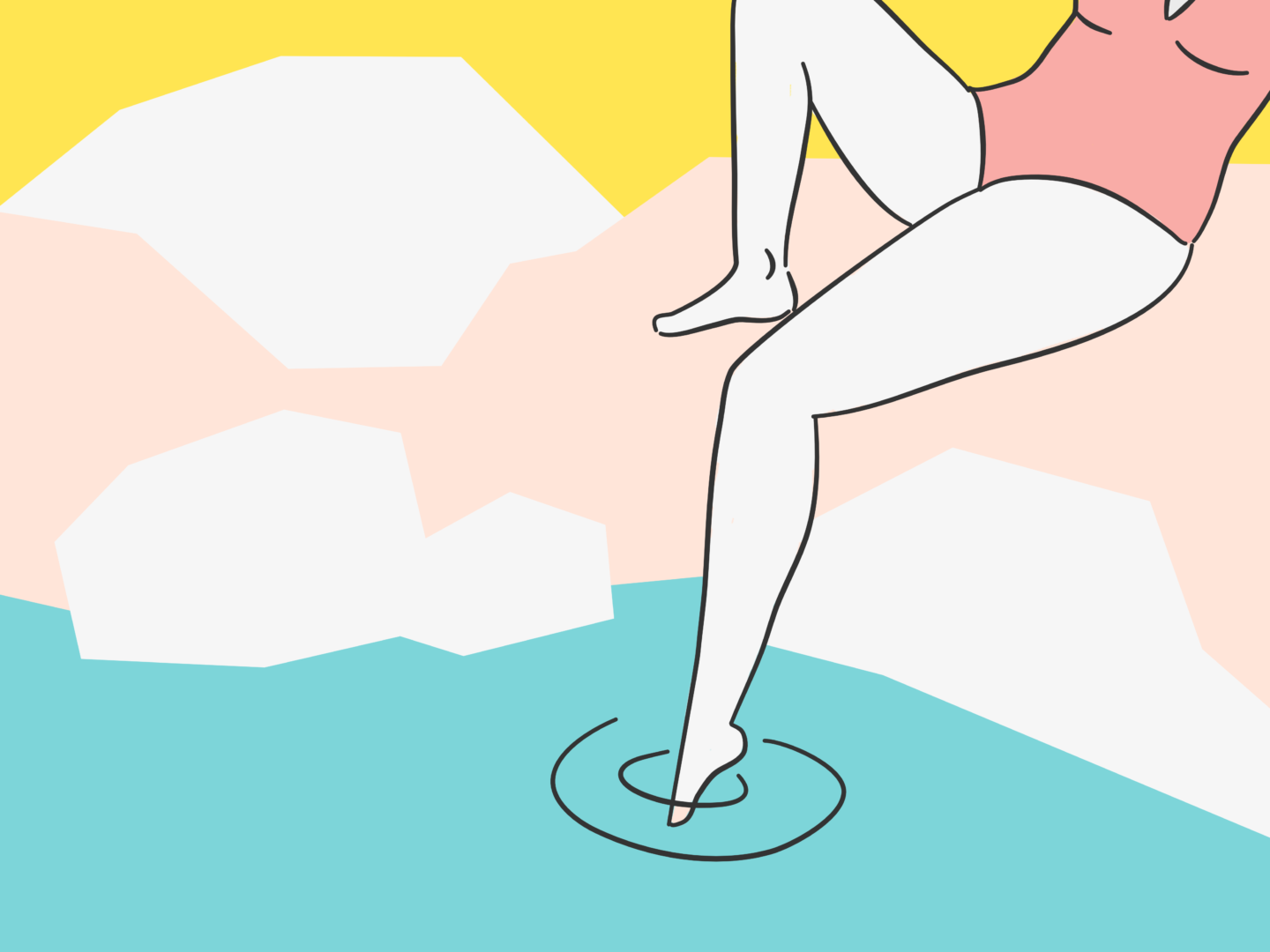
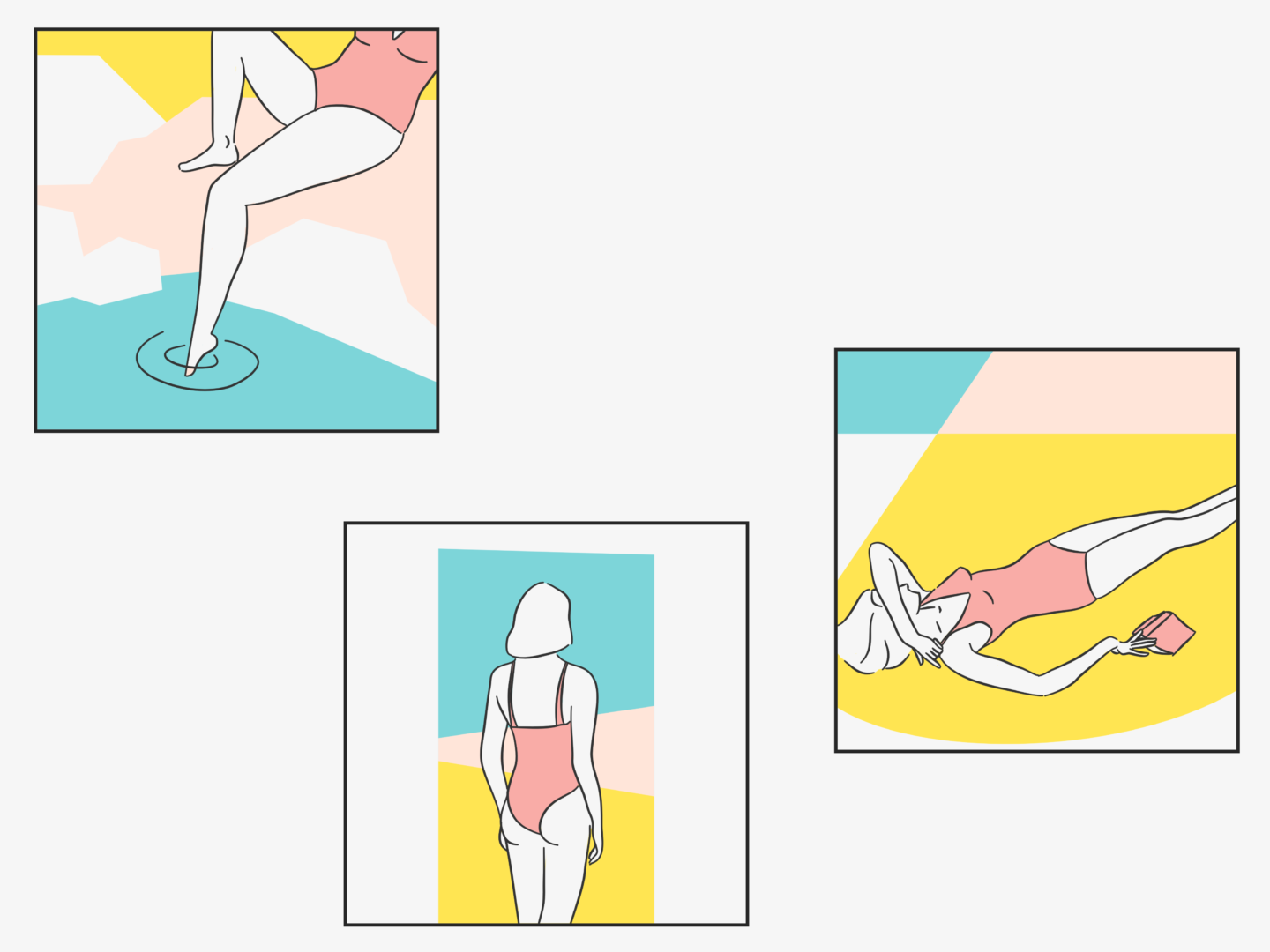


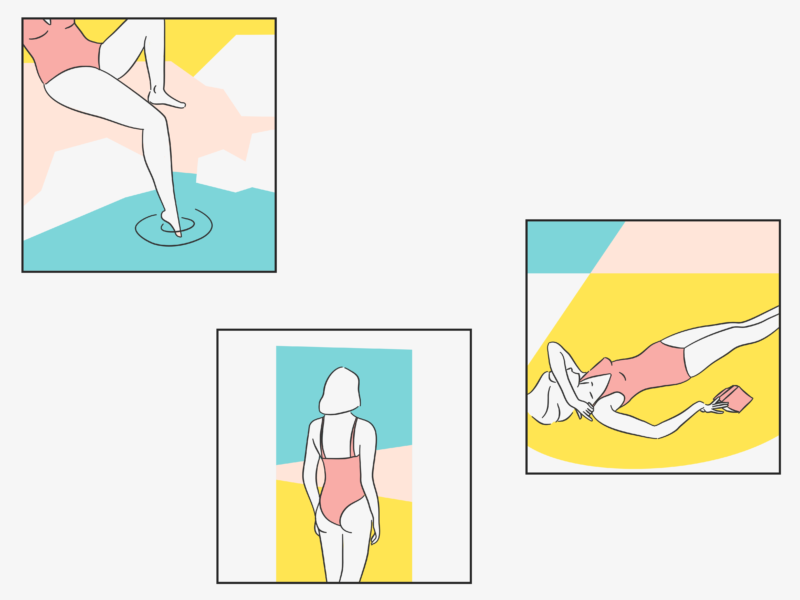

 SOME QUESTIONS TO PONDER AS YOU READ
SOME QUESTIONS TO PONDER AS YOU READ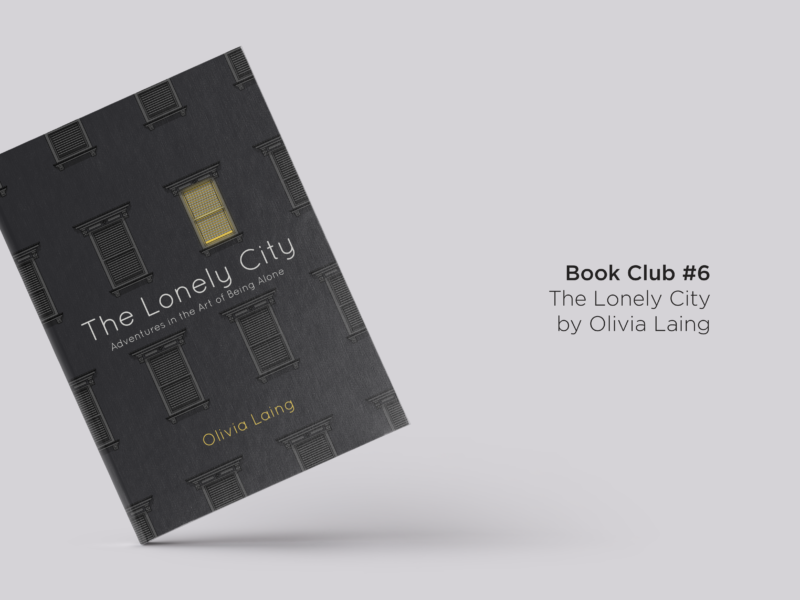
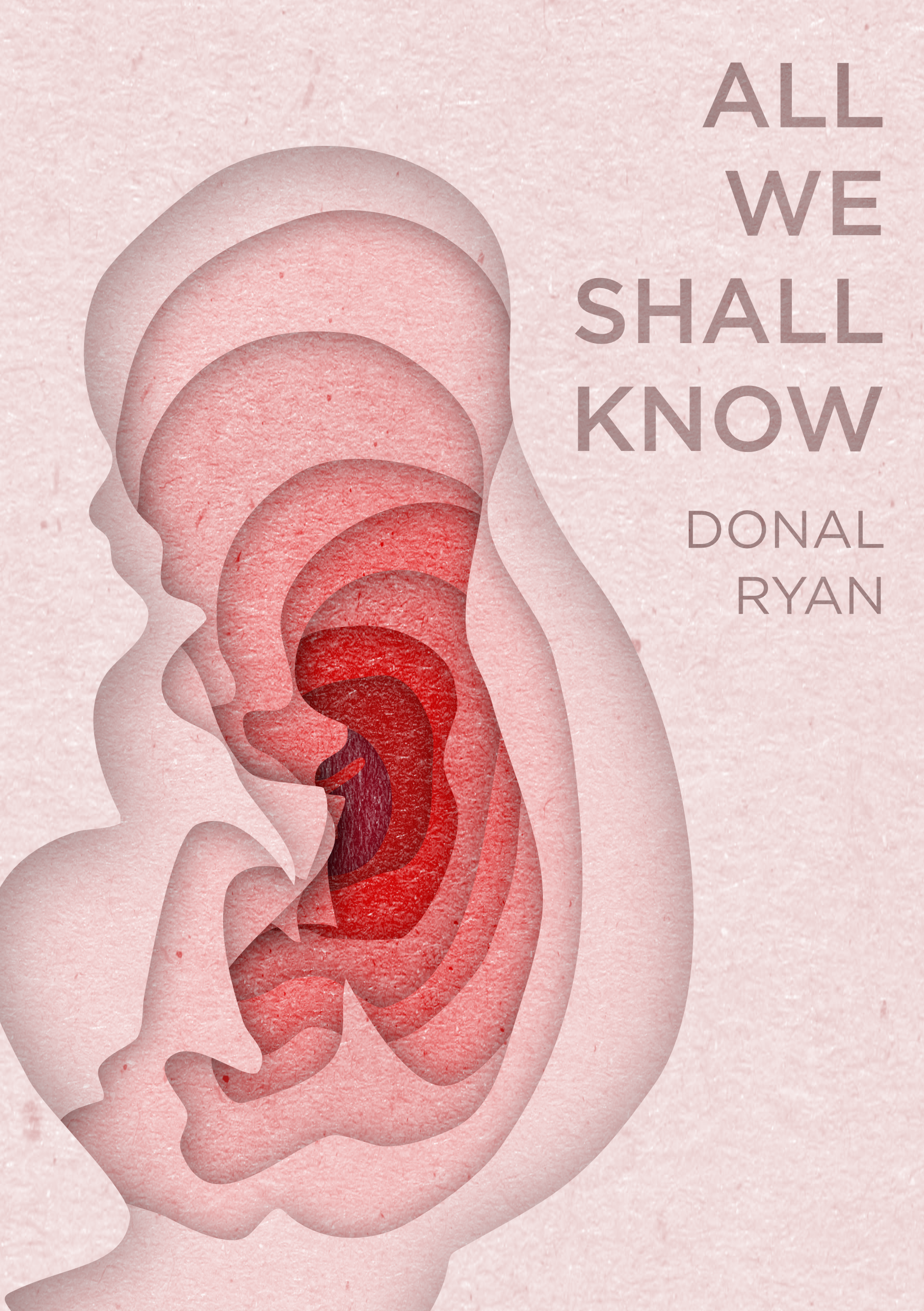
 SOME QUESTIONS TO PONDER AS YOU READ
SOME QUESTIONS TO PONDER AS YOU READ